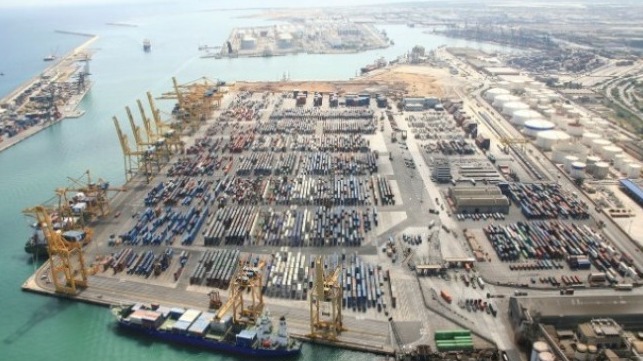Project Uses Advanced Computing, AI and 5G Optimizing Barcelona's Port

Ports around the world are being forced to address a range of challenges due to the increasing number of ships and the growing diversity in the size of the vessels. A pioneering project at the Port of Barcelona is seeking to optimize operations by harnessing the newest elements of technology combining artificial intelligence with cloud and edge computing supported by an ultra-fast 5G network.
Launched in July 2020, the pilot project in the port is part of a broader public-private initiative that is designed to position Barcelona and Catalonia as an innovator in the validation and adoption of 5G technologies and applications. IBM, Vodafone, Huawei, Mobile World Capital Barcelona, the i2CAT Foundation, and Catalonia’s Department of Digital Policies have joined with the Port of Barcelona in the project.
The Port of Barcelona docks around 9,000 ships a year with a diverse range of characteristics. By collecting real-time geopositioning data combined with the artificial intelligence model, the goal is to precisely track the movement of ships in the port, optimizing berth space, maximizing security, and enhancing the efficiency of port services.
Two sets of high-performance cameras have been located in the port to capture in real-time the entry and movement of ships. Transmitted across the 5G network, the images are placed in the cloud on distributed servers running the AI model that recognizes and interprets the images. A geolocation algorithm translates the pixels of the images into geographic coordinates of latitude and longitude and interprets the speed, direction, course of the vessel.
The data is integrated with the other port systems, including AIS data and radar images, to obtain more accurate, real-time information about the location of the ships. The port’s control tower is provided the real-time information to increase the port’s efficiency.
The ultra-fast, low-latency communications provided by the 5G network is critical to the system along with the use of edge computing, where the computational processes are performed at the end of the network closest to the user to avoid sending massive data across the network. The information is processed on remote servers or data centers, significantly reducing latency and improving bandwidth consumption.
The Port of Barcelona presented the first demonstrations of the pilot project, saying that it believe it is not only the future of port operations, but an example of the contribution of new technologies and the role AI coupled with 5G will play for industry.
